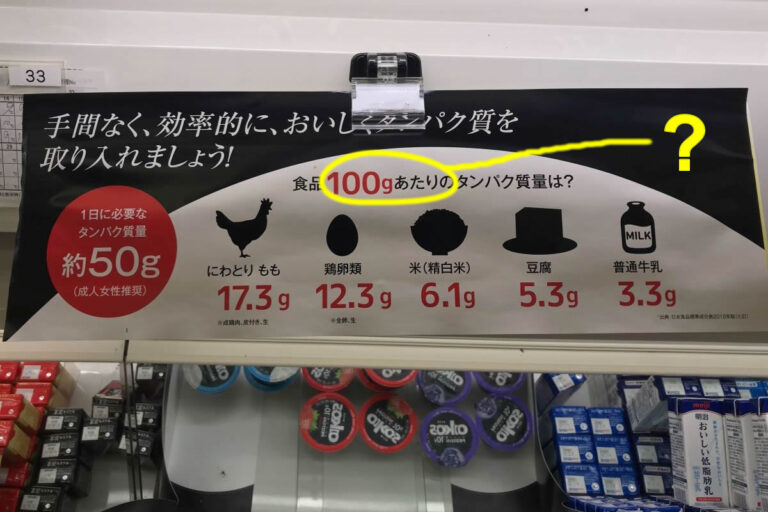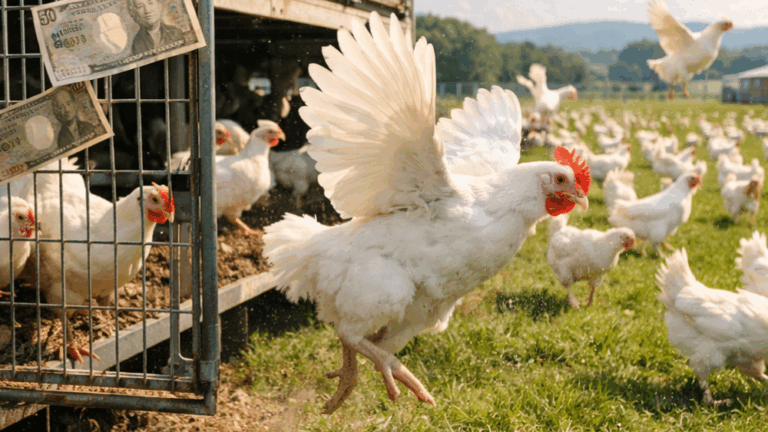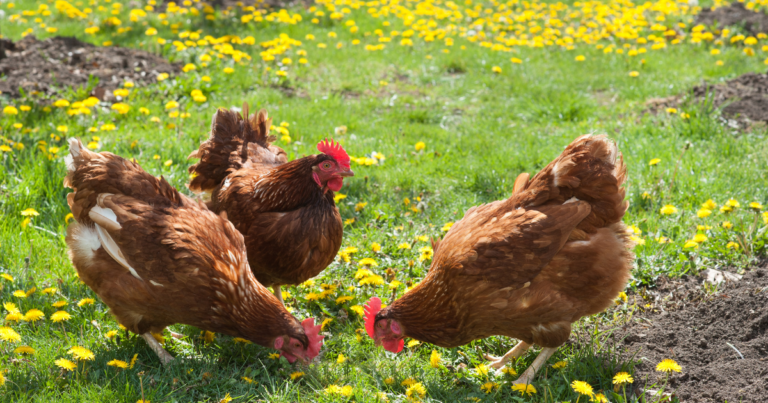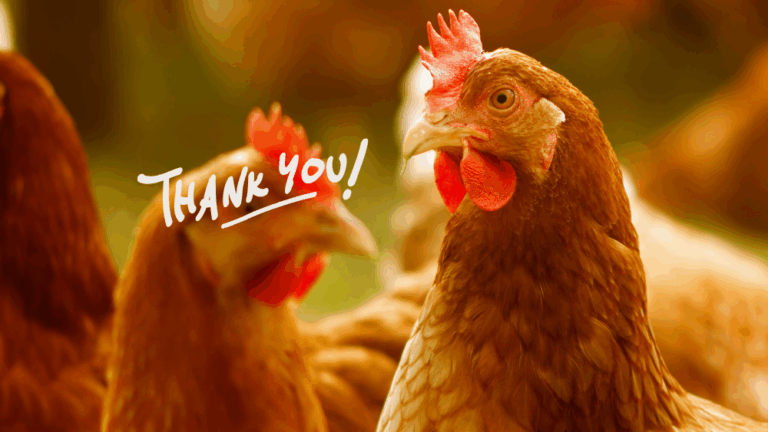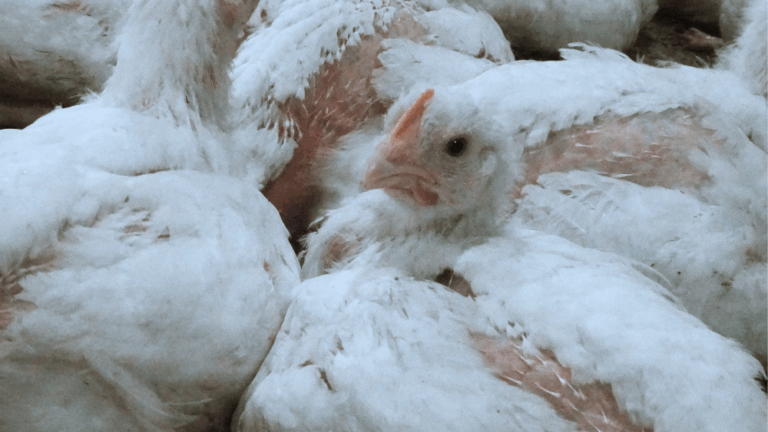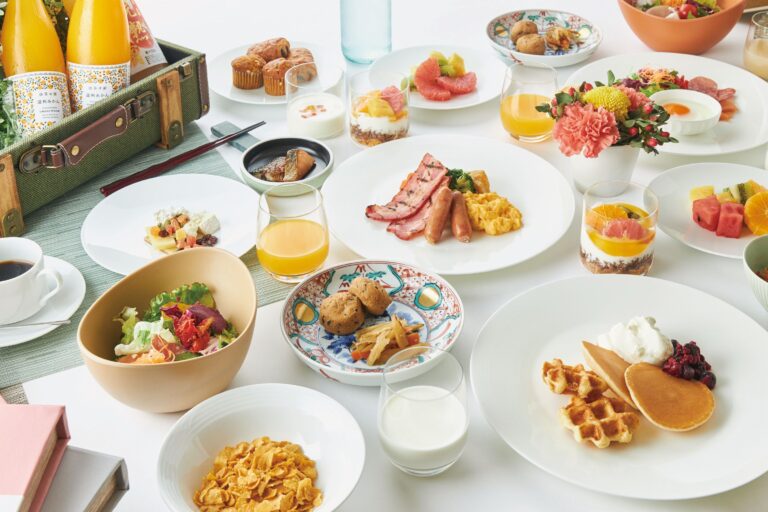There was a sign like this at MaxValu supermarket:

“How much protein is there per 100g of food?
Chicken thigh, chicken eggs, rice (pure white rice), tofu, milk”
“Protein required per day: ~50g (adult woman recommendation)”
This probably makes many consumers feel like they should eat more chicken and eggs.
However, when speaking of taking in protein efficiently, it would make more sense to compare the amount of protein per unit calorie, rather than “per 100g”. This is because while it doesn’t really matter how many grams of food we eat per day, how many calories we should take in per day is roughly determined.
For example, how about per 200kcal. According to Japan food standard composition table 2015 (1) as referred to in the above sign, the composition (protein, fat, cholesterol) per 200kcal is:
| Per 200kcal | Chicken thigh | Chicken egg | Rice (pure white rice) | Tofu | Milk |
| Mass | 79 g ~1/3 of a thigh* | 133 g ~2.7 eggs | 56 g a small bowl | 324 g a block | 299 g ~1.3 cup |
| Protein | 13.7 g | 16.3 g | 3.4 g | 17.1 g | 9.9 g |
| Fat Saturated fat | 15.1 g 4.5 g | 13.6 g 3.8 g | 0.5 g 0.2 g | 11.3 g 2.6 g | 11.4 g 7.0 g |
| Cholesterol | 71 mg | 560 mg | 0 | 0 | 36 mg |
| GHH CO2eq (2) | 1068 g | 648 g | 242 g | 234 g | 1050 g |
| Land use (2) | 1.32 m2 | 0.87 m2 | 0.15 m2 | 0.26 m2 | 2.98 m2 |
| Animal suffering | 75 時間 | 64 時間 | 0 | 0 | 19 分 |
Tofu (~1 block is 200kcal), at 17g of protein, can be said to be the most efficient.
Eggs (~2.7 eggs is 200kcal), at 16g of protein, also have nearly as much, but come with 560㎎ of cholesterol at the same time. Japan Ministry of Health, Labour and Welfare’s Japanese Food Intake Standard (2020) recommends keeping cholesterol to less than 200mg per day.
Chicken (2 drumsticks are 200kcal), at 13.7g of protein, is not little, but there’s more fat, at 15g. Its cholesterol level that appears little compared to eggs is also too much in absolute terms.
Milk (~1.3 cups is 200kcal) has more protein than rice, but also tends to have large amounts of saturated fat which is known to increase low density cholesterol and the associate chance of heart disease (3).
Rice (a small bowl is ~200kcal) does have less protein than others, but we knew that. However, even rice can play a respectable role as a protein source. For example, even if one ate only rice to get the daily 2000kcal, one can get 34g of protein, much of the 50g necessary. We can get a sufficient amount of protein without trying so proactively as many people are led to believe we have to.
Impact to the environment
It’s not just our own health that our food choices impact.
Looking at the greenhouse gases per 200kcal, chicken meat and milk lead to almost 5 times more emission than rice/tofu, and eggs almost 3 times more.
With land use, too, livestock products use an order of magnitude greater areas than rice/tofu, contributing to environmental destruction.
Direct impact on animals
Impacts of environmental destruction on wild animals and humans are large enough, but how about more direct sacrifices?
For example, how much suffering did 200kcal worth of chicken meat (2 drumsticks) cause on that bird?
Almost 1.3kg of edible meat can be extracted from one chicken, so 79g is about 1/16th of that bird. Broiler chickens in Japan get killed for meat after 50 days of suffering, so 1/16th of that is a little over 3 days, or about 75 hours. This means that 200kcal worth of chicken meat forces one bird to suffer for about 75 hours, under chronic body pain due to selective breeding, breathing difficulty, and in filthy crowded condition full of excrements. Is it really worth it? Is there a reason not to choose for example tofu, which has more protein and lower environmental impact?
How about 200kcal worth of eggs (2.7 eggs)?
Egg-laying hens, who are also selectively bred, lay eggs at a rate of about one a day, so 2.7 eggs equate to 2.7 days, or about 64 hours. For eggs from battery cages, which account for over 99% in Japan, this means forcing one hen to live for 64 hours inside a tiny cage that she can’t even spread her wings in, and on slanted metal grid. Is it really worth it? Is there a reason not to choose for example tofu, with more protein and none of the huge amount of cholesterol that eggs have?
How about 200kcal worth of milk (a glass and a half)?
Dairy cows, who have once again been selectively bred, are milked on average about 22kg (about 22ℓ) a day. Thus, 299g, which is 1/75th of that, equate in time to about 19 minutes, that one mother cow is confined, with pains from mastitis and/or bed sores, and emotional pains from forced impregnation by humans and from her babies getting taken away. 19 minutes might sound short compared to 60-70 hours for chickens for meat or eggs, but what if you place your own self in the situation of this cow?
When there are efficient protein sources like tofu that are better for own health and with significantly lower environmental impact, how can one justify making a choice that imposes physical and psychological suffering in others even for 19 minutes, just for a temporary luxury of latte, cheese, yogurt, ice cream, etc? There exist very delicious soy latte, soy-milk cheese, almond-milk yogurt, coconut-milk ice cream!
And the length of suffering by a chicken (60-70 hours) for the same amount of calories is over 200 times that for a dairy cow.
Hidden behind the sign “Let’s get protein easily, efficiently, and deliciously!“, I hope you now see the immense animal suffering that is completely neglected, and environmental impacts, as well as impacts on our health from cholesterol and saturated fat, etc.


